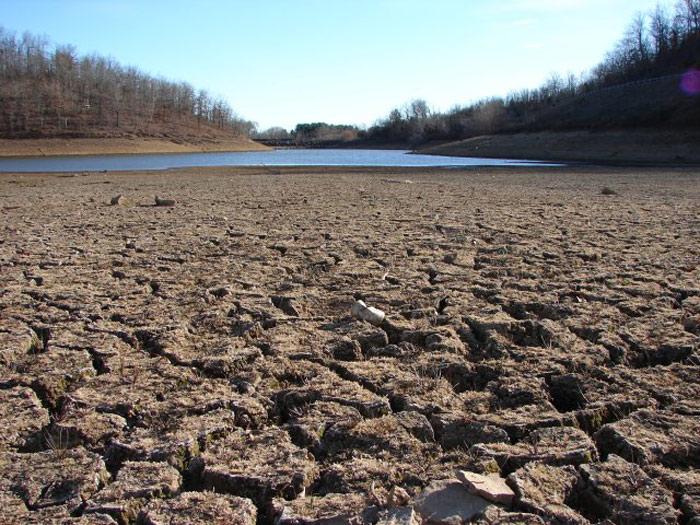California Governor Jerry Brown announced mandatory water restrictions to help with the ongoing drought crisis during his speech at the annual snowpack measuring in the Sierra Nevada on April 1. This is the first time in California’s history that mandatory water restrictions have been imposed.
Through Executive Order B-29-15, Governor Brown is requiring a reduction of 25 percent of statewide water usage through February 28, effective immediately. The restrictions apply to both residential and commercial water usage in varying amounts, requiring higher per capita use areas to have proportionally greater reductions than areas with lower water usage. For example; campuses, cemeteries, golf courses and other large plots of land will now require significant cutbacks in water usage. Fines will be issued to local water suppliers who fail to meet requirements set by the State Water Resource Control Board.
The agriculture industry, which uses about 80 percent of California’s developed water according to the National Resource Defense Council’s June 2014 issue brief, will not be included in these cutbacks. However, the industry will be required to give more in-depth water usage statistics on a more frequent basis.
Incentives will be given to those who are trying to make their home or business more drought-safe, including removing grass and lawns for “drought-safe landscapes” and a temporary statewide rebate for replacing old water appliances with newer, more water-efficient appliances.
This order comes as the Sierra Nevada snowpack reaches near record-low numbers, with the statewide snowpack being at only 5 percent of normal. “We are standing on dry grass, and we should be standing on five feet of snow,” Brown said in a statement at the measuring.
The governor states in the order that there is a “distinct possibility” of the drought continuing into 2016, which would mark five consecutive years of drought conditions in California. “We’re in a new era,” Brown said. “The idea of your nice little green grass getting lots of water every day, that’s going to be a thing of the past.”
There will also be an increase of funding towards new technologies that will help save water and energy and reduce greenhouse gas emissions. This includes renewable desalination plants, on-site water reuse systems, water-use monitoring software, and irrigation system timing technology.
The seven reservoirs that Marin County receives water from are currently at 93.89 percent capacity, according to the Marin Municipal Water District’s Water Watch check on April 5.


